ASILI Discusses Demands With Bronx Board 6 Manager
July 20, 2020
Members of ASILI, the Black Student Alliance at Fordham, co-hosted an Instagram Live event with Bronx Community Board 6 District Manager John Sanchez on Thursday, July 2. The students discussed a series of demands for racial justice to the Fordham administration and the university’s action plan in response.
ASILI President Diontay Santiago, GSB ’21, Secretary Alex Shaw, FCRH ’21, and Social Media Coordinator Gerald De La Cruz, GSB ’22, read questions posted by attendees and fielded them to Sanchez, who represents the neighborhoods of Belmont, West Farms, East Tremont and Bathgate in the lowest level of New York City government.
Sanchez said he deals with neighborhood issues such as trash, traffic, schools and community partnerships as district manager. He also submits budget requests to the city on behalf of Board 6. One of the things he said he was most proud of as district manager was creating an internship program with Board 6 for college students, which has created many positive local Bronx relationships with the Fordham community. Despite these strong connections, Sanchez said he thinks Fordham could be doing a lot more in terms of institutional support for the Bronx.
Shaw said she has seen ignorance coming from Fordham students, especially when they call Bronx residents “locals” and have a vision of New York City that does not include the Bronx.
Sanchez said he has heard rumors of freshmen being told to stay away from certain sections of the Bronx and said he wanted to be a larger part of the new student orientation process in order to help dispel some negative stereotypes about the neighborhoods surrounding Fordham.
“College is meant to be an educational experience especially outside the classroom,” he said.
Sanchez suggested a mandatory community service requirement for all Fordham students, noting that those who are unfamiliar are not able to find resources or references to the borough of 1.4 million on Fordham’s website.
“If you only know five blocks by the time you graduate, you’ve done yourself a disservice,” he said.
ASILI listed 11 demands in a letter that the organization and many allies sent to university administrators, detailing ways to combat racism and discrimination. Shaw said that about three of those demands were met in the university’s action plan, which was sent out to all members of the Fordham community roughly two weeks ago. Sanchez said he was initially cautious when he heard the plan.
“There isn’t one plan or one solution that will eradicate racism,” he said.
One of the things he was critical of in the plan was its lack of metrics and suggested the plan list specific goals, such as the percentage of Fordham faculty that will be employed over a period of time.
One attendee commented that the plan felt like it was pledging to recruit more students from underrepresented communities in higher numbers but not enough to support the Black students already in attendance at Fordham.
De La Cruz identified problems that many people of color in the commuter population have faced, such as being mistaken for Bronx residents who do not attend Fordham. Shaw said she feels many ex-NYPD officers who are charged with protecting students do not receive proper bias training, causing strained relationships with the student community.
The proposition for an open campus came up many times. Attendees posed questions related to Fordham’s gates coming down and what that might look like through healing the culture of separatism between students and Bronx residents.
Sanchez said that other New York City universities such as NYU, Columbia, Lehman College and Manhattan College, the latter two in the Bronx, have been able to implement more open campus policies.
“We don’t need to reinvent the wheel,” he said and offered the idea of looking at university models already in place.
Santiago said he grew up in the surrounding community and did not know that Fordham University existed until he had the opportunity to apply. Sanchez said less than 10% of Board 6 residents and roughly 20% in the Bronx have a college degree.
Sanchez advocated for programs such as Fordham facility membership deals for those living in the 10458 zip code to use the athletic court and field spaces. He referenced a past program held at Fordham in which two New York Jets players coached a flag football clinic on Edward’s Parade. He listed places such as Roosevelt, Aquinas and Grace Dodge High Schools and the Madison Square Boys and Girls Club that could benefit from tutoring by Fordham students.
“Bringing the community to campus, and vice versa, would create a mutually beneficial relationship,” he said. “Every campus in America should care about the neighboring communities. A Jesuit university should not house idle spectators of suffering and strife.”
Fordham’s Action Plan to combat racism includes the creation of a multicultural space on campus and the use of the Fordham Foundry, the university’s collaborative entrepreneurship center, to help minority-owned local businesses.
Santiago, Shaw, and De La Cruz agreed that many Fordham students turn a blind eye to injustices within their own community. Sanchez urged students to build coalitions with local representatives and community leaders. He pledged his office’s full support in their advocacy efforts.
De La Cruz said members of ASILI’s E-board are currently in talks with university administrators about the changes they want to see.
“People are fed up with being ignored and dismissed,” said Sanchez on both engaging in and witnessing recent commitments to justice. “I knew this wasn’t just going to be a moment, it was going to be a movement and it was going to be sustained.”

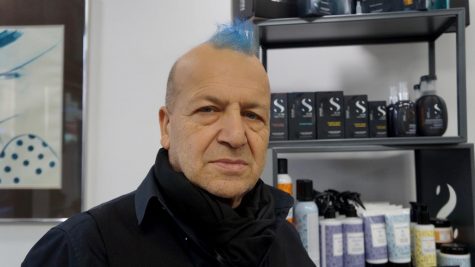

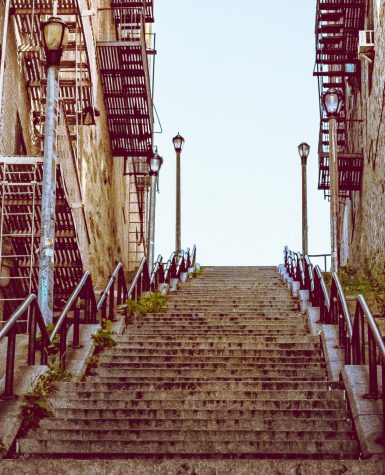
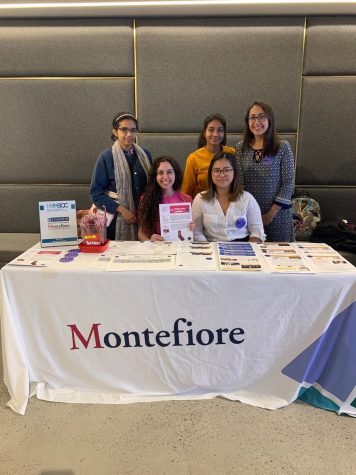

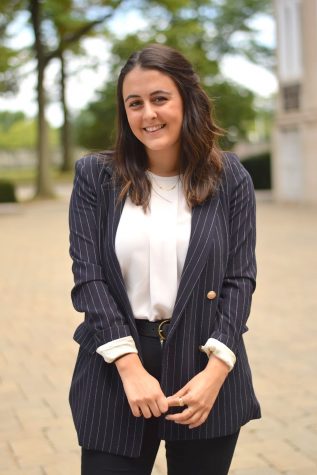
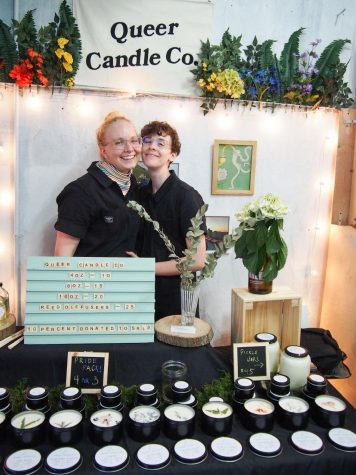

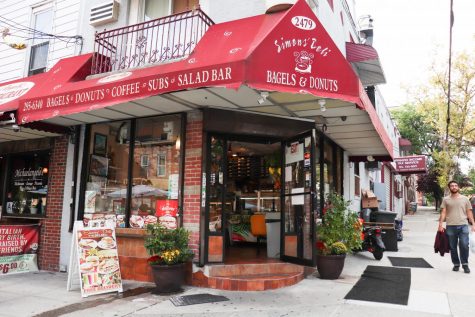

If you want a picture to show with your comment, go get a gravatar.